Ever thought about having a vertical garden but weren’t sure where to start? We share a few creative ideas to incorporate greenery into your living spaces.
Why it’s cool
“Where horizontal planting space is limited, consider going vertical,” suggests Jaco Bierman, creative director of Ecoscape Landscaping. Also known as living walls or eco walls, vertical gardens present an ideal way to clad living spaces with lush layers of greenery.
In terms of applications, the sky is the limit. “Living walls can be used to create screens for privacy and to define areas within a space. Their most popular application is to add a more natural aesthetic to bland walls,” says Craig de Necker, managing director of The Friendly Plant.
Where to start
“Before attempting to install a vertical garden, first consider aspects like light, wind and water supply and then choose plants accordingly,” advises Bierman.
“In terms of water supply,” says Bierman, “it’s advisable to fit your vertical garden with an automated irrigation system. An integrated irrigation system is a worthwhile feature to have, especially with an indoor vertical garden.”
TIP: Indoors, consider a water catchment tray or reservoir to prevent water from flooding your floors as you irrigate.
Design savvy
As the demand for these nature-inspired systems grow, so does the range of applications and nifty product offerings. The key is to choose one that suits your needs.
For privacy: Screens
Here, Bev Napier of Grace’s Glory Garden Renovation used a tapestry of shade-loving plants to create a living wall. Both functional and good looking, it helps create privacy, while the strategic placement ensures that the owners can enjoy a landscaping statement from indoors.
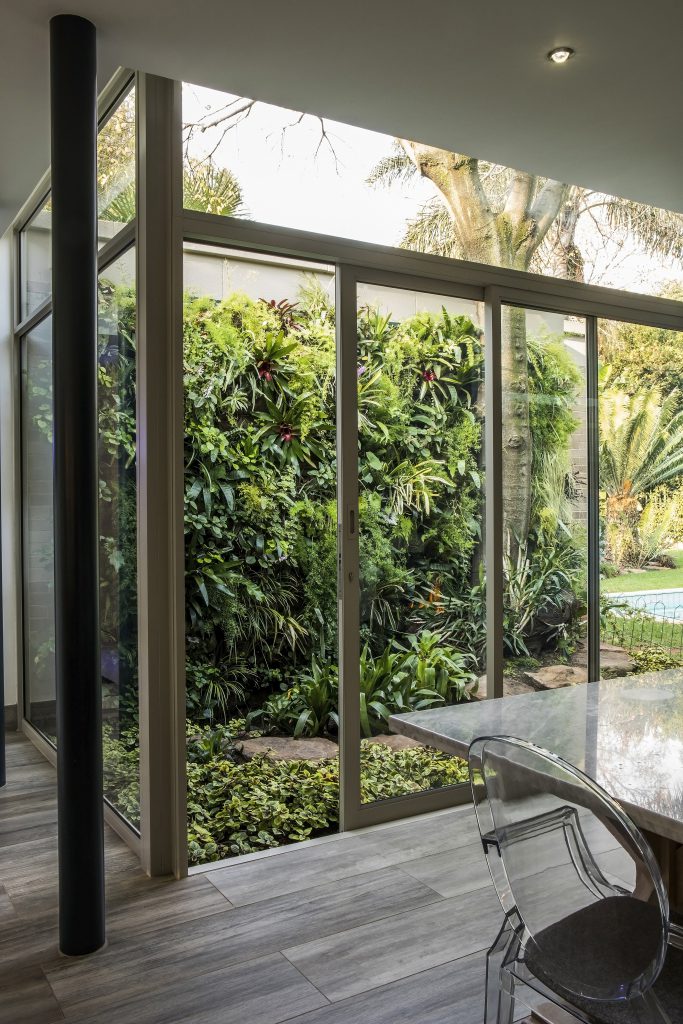
Grace’s Glory Garden Renovation
For hi-tech comfort and convenience: Modular vertical gardens
Well-designed modular systems are ideal for using indoors or on the patio. “With this system, plants are placed in a grid (typically geo-textile pockets or plastic cups),” explains De Necker.
In terms of design, the system makes it easy to interweave plants with different colours and textures to create interesting patterns and contrast.
With the Vicinity Modular Vertical Garden, plants are watered regularly through closed irrigation that’s monitored through an early-warning system. Available from Living Green Walls.
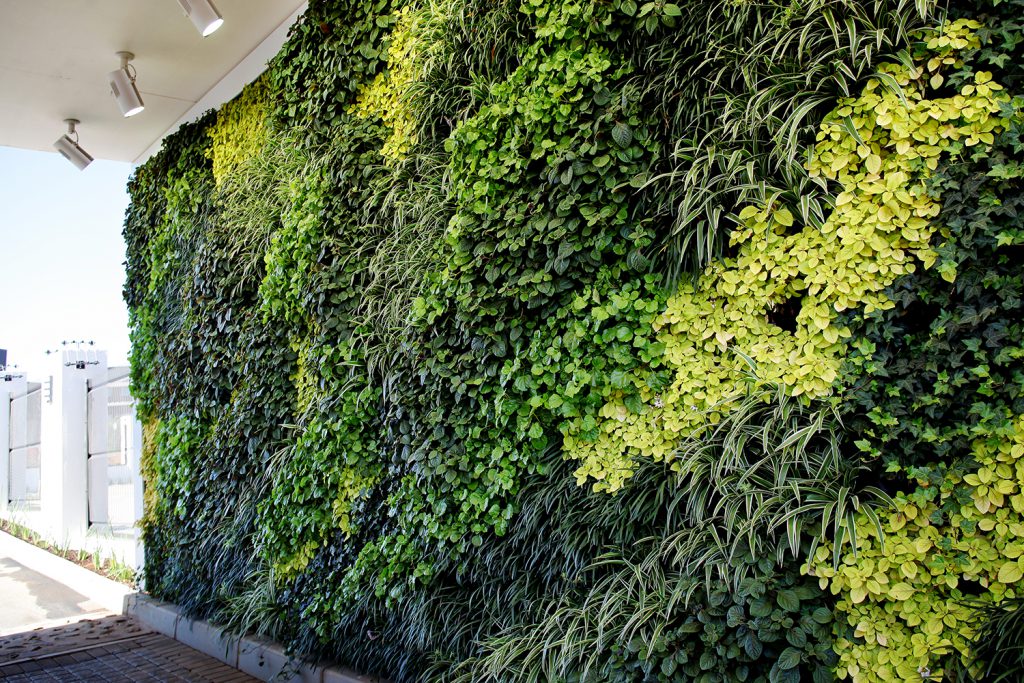
Living Green Walls
For urban farmers: Herbs, veggies and fruit
“Herbs, veggies and fruit generally require a significant amount of both light and water so they’re very well suited to use outdoors,” says De Necker.
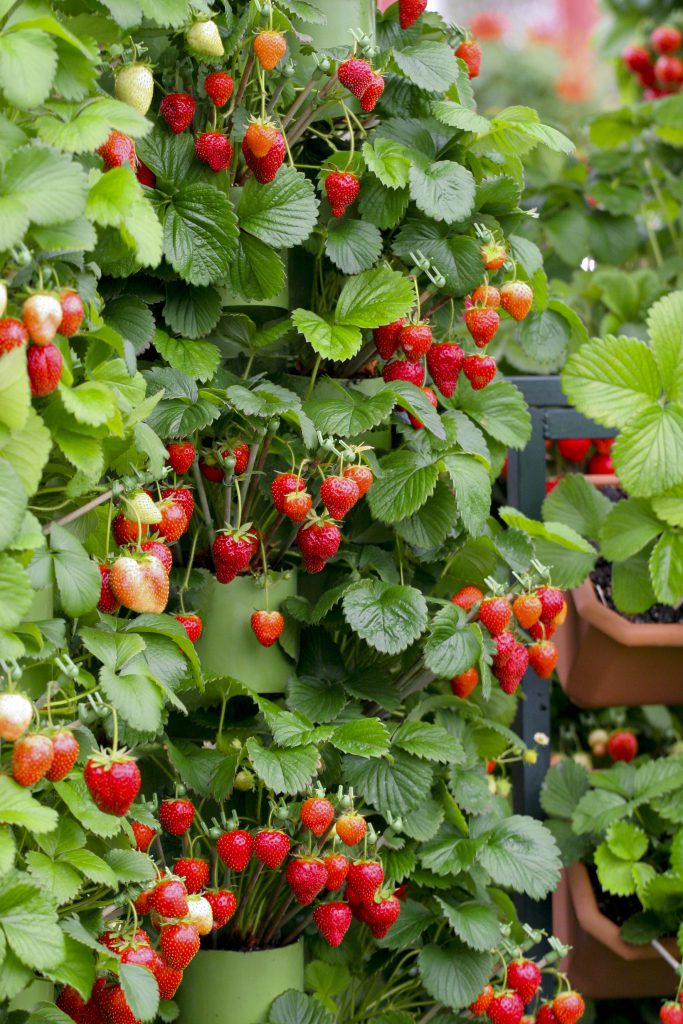
Life is a Garden
With indoor culinary gardens, artificial lights can be installed to create the right conditions, says Justin Sam of Vertical Landscapes.
For simple convenience
As urban spaces become increasingly tighter, we feel a need to still be connected to nature. Depending on your needs, vertical gardens can be as hi-tech or utilitarian as you wish.
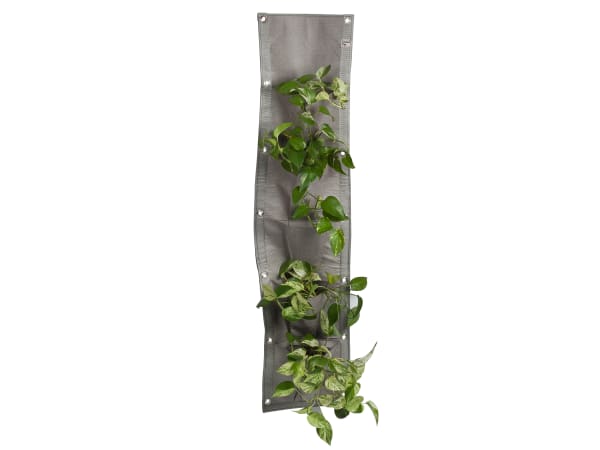
Yuppiechef
With the Vertical Veg hanging planter, you can use any wall as a base to create your own mini culinary garden. Available from www.yuppiechef.com.
The great indoors
“Indoors, living walls can be used for a range of purposes, from room dividers to adding a green element to small spaces,” says Bierman.
With indoor vertical gardens, consider the design mantra of less is more – especially if you live in a small apartment.
A tableau of staghorn ferns ; air plant frames will ensure graphic interest without converting your living space into a menagerie. Find them at www.incanda.co.za
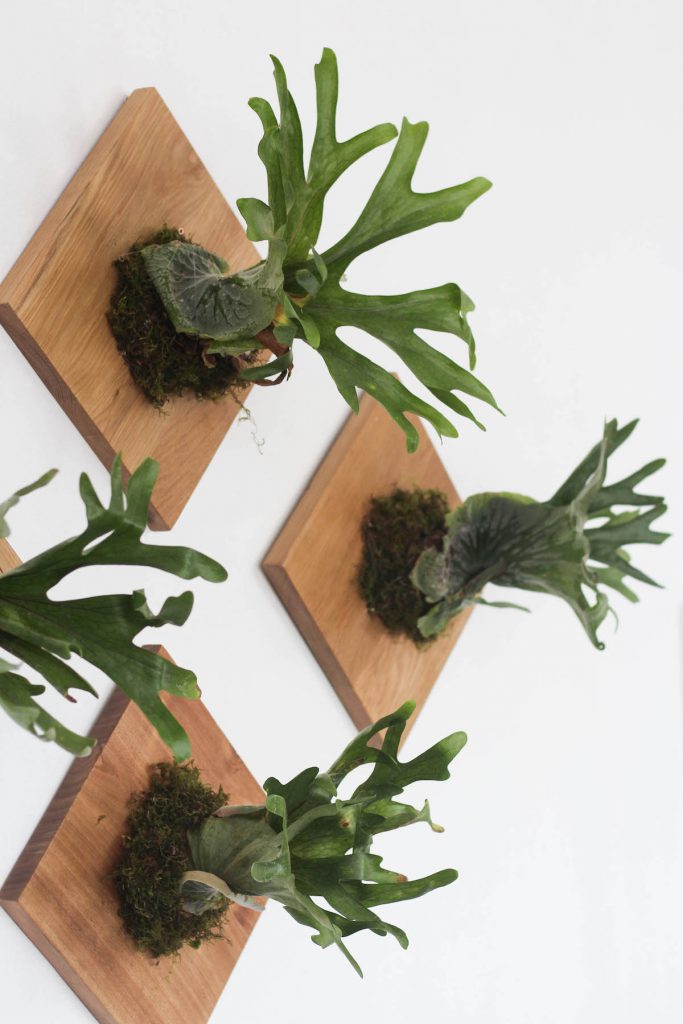
Incanda
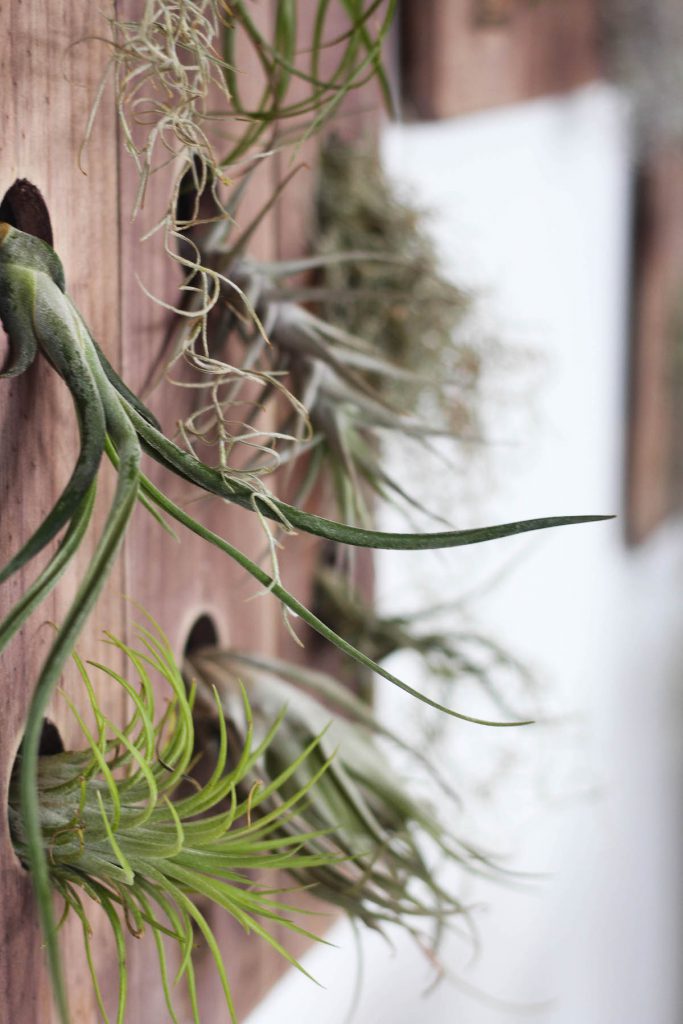
Incanda
Planting palette
When it comes to choosing plants, options abound. “Almost all the plants you can think of can be used to create living walls,” says Bierman.
Indoors: Yucca, philodendrons, bromeliads, kentias and aglonemias.
Shade: Many fern species, peace lilies, draceana, crotons, ivy species.
For sunny, dry spots: Succulents like rock roses, vygies, sedum species and cacti species.
Grasses including mondo grass, Carex varieties, Acorus varieties.
TIP: Always group plants with similar water and light requirements.
In the mix
Whether grown indoors or outside, living plants require light, water and maintenance to survive. “The problem with indoor plants is too little light and under- or over-watering,” says Bierman. So extra care is needed
“Indoors, consider installing an air-conditioning unit and keep your eye on humidity levels,” suggests Sam.
Suggests De Necker: “Keep an eye on your plants, replacing dead or dying plants as you see them. As these plants are in such close proximity to one another, disease and pests spread quickly if not identified and treated quickly.”





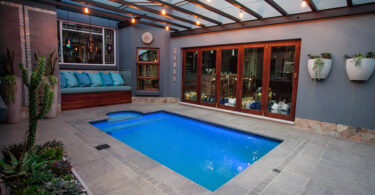


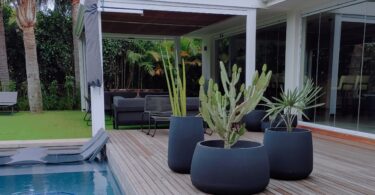
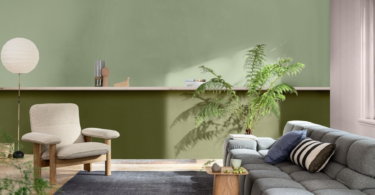
Leave a Comment